Cedar vs Pine Fence
Cedar Fence
$3,000 - $5,250
(150-foot fence)
VS
Pine Fence
$1,500 - $3,000
(150-foot fence)
Cost to install a cedar or a pine fence varies greatly by region (and even by zip code).
To get free estimates from local contractors, please indicate yours.
Cedar Fence
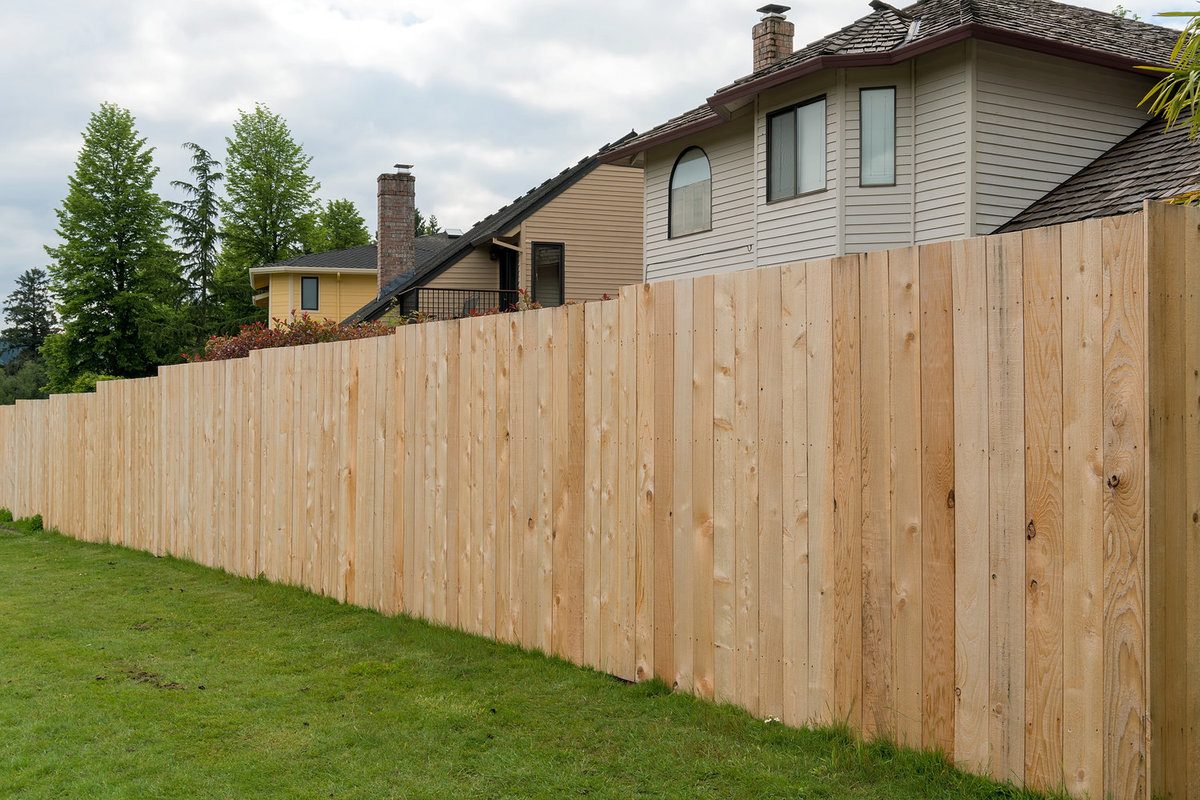
- Beautiful reddish appearance
- More natural-looking
- Eco-friendly
- Requires less maintenance
- Lightweight
- Pleasant odor
- Good for dry climates
- More expensive
- Weaker in humid areas
- Less soil-resistant
- Rarer
(150-foot fence)
Get free advice and estimates from fence contractors in your city.
Pine Fence
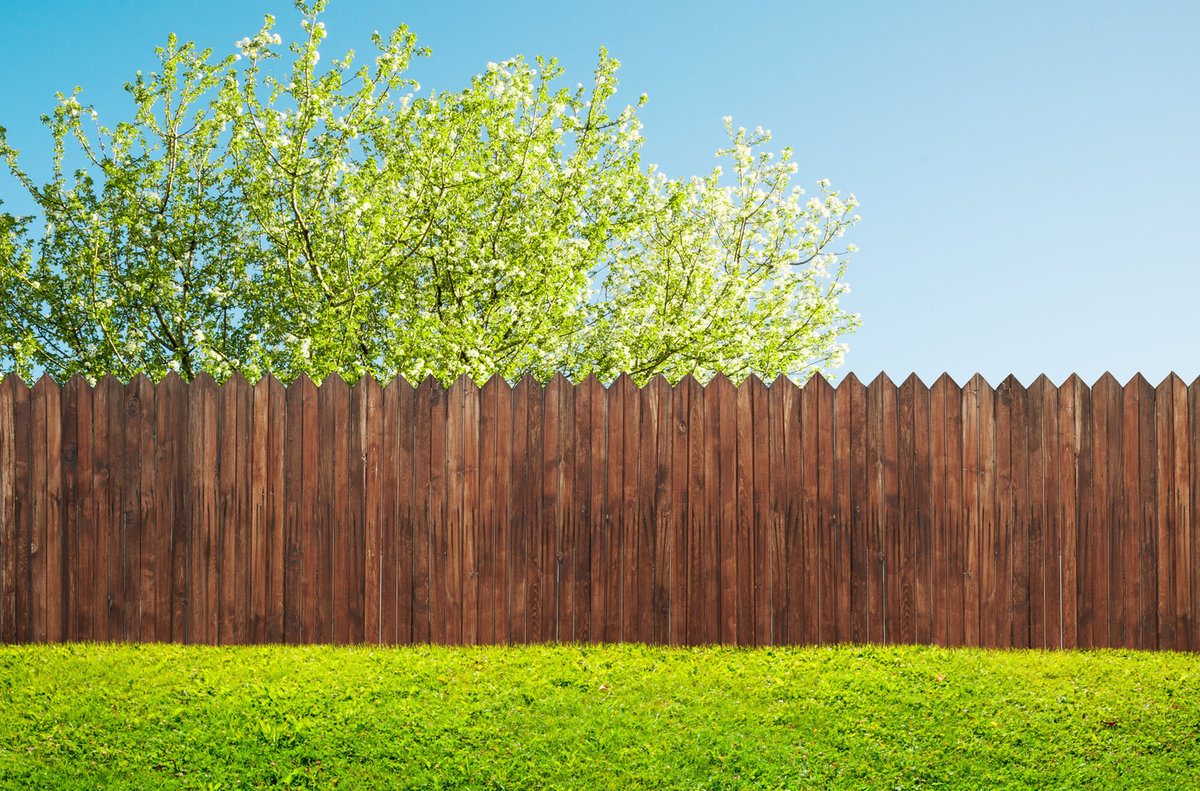
- More affordable
- Better for humid climates
- More soil-resistant
- Easier to obtain
- Better for posts
- Less durable
- Shorter lifespan
- Less eco-friendly
- Requires more maintenance
- Less natural look
(150-foot fence)
Get free advice and estimates from fence contractors in your city.
When it comes to fences, pressure-treated cedar and pine are two of the most common materials to use, but it can be difficult to choose between them. Each wood has its advantages and drawbacks, and in some situations, you might even want to use both for your fence, rather than picking just one. This guide introduces you to the main differences between cedar and pine, helping you make the right decision for your fence.
Appearance
The first difference between cedar and pine can be seen with the naked eye. Cedar is immediately recognizable due to its reddish color, white accents, and beautiful grain pattern. It is a warm and rich-looking wood. Pine, meanwhile, tends to be much lighter in color, ranging from cream to very light brown.
Since pine must be pressure-treated to resist the elements and other wear and tear, it does not have the most natural look and can even have a slight greenish hue in places. Cedar does not need to be treated with chemicals in the same way. For this reason, cedar is generally considered to be the more natural-looking and more attractive option.
Use
Generally, pine is used in an indoor setting, rather than outside. It is a readily available and affordable softwood, making it a good choice for furniture like cabinets, wardrobes, tables, and drawers, as well as frames around windows and doors. It can be painted and stained easily, offering versatility for interior design and decoration but must be chemically treated when used outdoors.
Cedar is a softwood like pine but is tougher and more resistant overall, able to withstand the outdoor elements without requiring treatment. This makes it a popular choice for outdoor tables and yard furniture. Cedar also has many indoor uses for items like wardrobes, chests, and musical instruments and is popular for its red look and unique grain.
When it comes to fences, both pine and cedar can be used interchangeably, depending on the owner’s preference. They both work for fences equally well but have different aesthetic qualities and durability standards. Cedar is often used when people want a beautiful and long-lasting fence, while pine is used for those who prefer something more affordable.
Installation
For installation, there is not a huge difference between pine and cedar fences, but there are a couple of factors to keep in mind. Cedar planks tend to weigh less than pressure-treated pine, for example, so they are easier to carry around and lift.
Cedar is rarer and harder to find in hardware stores than pine, which is more readily available, so this could affect your installation schedule.
Generally, professional installation is recommended to install a fence, but those with plenty of DIY experience and friends or family members to help out may be able to do it themselves.
Costs
Cedar is generally more expensive than pressure-treated pine. The reasons behind this are that cedar is rarer, more resistant, and generally considered more attractive.
For a pine fence, expect to pay around $10 to $20 per linear foot 1, which includes both the material and labor costs. For an average residential backyard fence of about 150 feet in length, expect to pay anywhere from $1,500 to $3,000.
For a cedar fence, the price goes up to around $20 to $35 per linear foot 1, which also includes material and installation costs. For a 150-foot fence, the total price ranges from $3,000 to $5,250.
Maintenance
One of the major differences between cedar and pine fences is that pine has to be pressure-treated, meaning that various chemical preservatives are applied to the planks to protect them from weather, bugs, and other outdoor elements that would usually cause the wood to rot and break down.
Pine fences also require additional maintenance to prevent rotting over time. They need to be cleaned and checked on an annual basis, with any rotting pieces replaced. Regular sealing and repainting or re-staining are also necessary with this wood.
Cedar, however, does not need to be pressure-treated to withstand the elements and is considered stronger overall than pine. It requires less maintenance but still requires care. Cedar fences should be cleaned annually with a water-and-soap solution and checked regularly for any loose boards or signs of rot. Also, cedar’s color fades over time unless you use a pressure washer on it.
Durability
Cedar is generally regarded as the stronger and more durable of these two woods. It does not need any special treatment and stands up well to the elements, with a low risk of warping and shrinking.
Pine, on the other hand, is more at risk of buckling, warping, and shrinking. It is also more sensitive overall to the outdoors. Without proper care, pine can start to look damaged and weathered within just a few years.
Even though cedar is more durable, pressure-treated pine has a stronger resistance to soil. For this reason, many people choose pine for the fence posts 2 and cedar for the fence panels.
Lifespan
A pine fence has an average lifespan of 10 to 15 years, while a cedar fence can last anywhere from 20 to 25 years when properly maintained. In general, this means that pine lasts about half as long as cedar, but you can extend the lifespan of your fence by checking and cleaning it regularly.
Smell
Odor is one area where cedar has the clear advantage. Pine fences do not have a discernible smell, but cedar is well-known for its pleasing aroma. This partly accounts for why it is so popular for indoor furniture and cabin flooring.
The main reason cedar smells so nice is due to a compound called thujaplicin. However, there are many different types of cedar, and the odor of each one varies in intensity. Western Red Cedar 3 tends to have the strongest smell.
Climate Considerations
The climate in your area is one factor to consider when choosing between cedar and pine fences. In particular, it is important to think about the humidity levels 4 in your area and the amount of rainfall.
Cedar is a drier wood than pressure-treated pine. It copes very well in dry climates, but in very wet and humid places, the boards may expand over time, which can cause problems.
Pine does better in more humid areas but must have time to dry out after treatment before being installed in very dry places because it may shrink or buckle due to the conditions.
Environmental Concerns
Cedar is one of the most eco-friendly options you can choose for your fence. Since it does not require any chemical treatment, like pine, you do not have to worry about those chemicals seeping into the soil and surrounding environment. With a pine fence, the chemical treatment can affect the local ecosystem.
Remodeling Terms Cheat Sheet
Definitions in laymen's terms, cost considerations, pictures and things you need to know.See full cheat sheet.
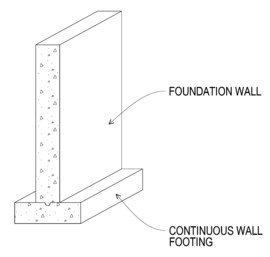 1 Foot: A support for the foundation of a house that also helps prevent settling. It is typically made of concrete reinforced with rebar, but can also be made of masonry or brick. It is usually built under a heavier part of the house like a wall or column, to distribute the weight of the house over a larger area.
1 Foot: A support for the foundation of a house that also helps prevent settling. It is typically made of concrete reinforced with rebar, but can also be made of masonry or brick. It is usually built under a heavier part of the house like a wall or column, to distribute the weight of the house over a larger area.
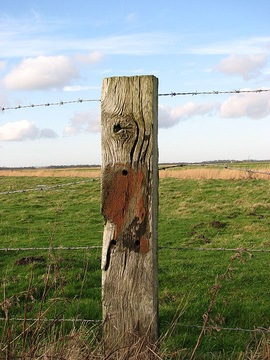 2 Fence posts: A sturdy pole set securely in the ground, that is used to support a fence. Fence posts are placed at regular intervals, and the other parts of the fence are attached to them
2 Fence posts: A sturdy pole set securely in the ground, that is used to support a fence. Fence posts are placed at regular intervals, and the other parts of the fence are attached to them
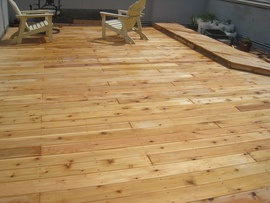 3 Western red cedar: A very large tree native to the pacific northwest, whose wood is used primarily for outdoor applications such as roofing shakes and shingles, decks, posts, and siding
3 Western red cedar: A very large tree native to the pacific northwest, whose wood is used primarily for outdoor applications such as roofing shakes and shingles, decks, posts, and siding
How much does it cost to install a cedar or a pine fence in my city?
Cost to install a cedar or a pine fence varies greatly by region (and even by zip code).
To get free estimates from local contractors, please indicate yours.